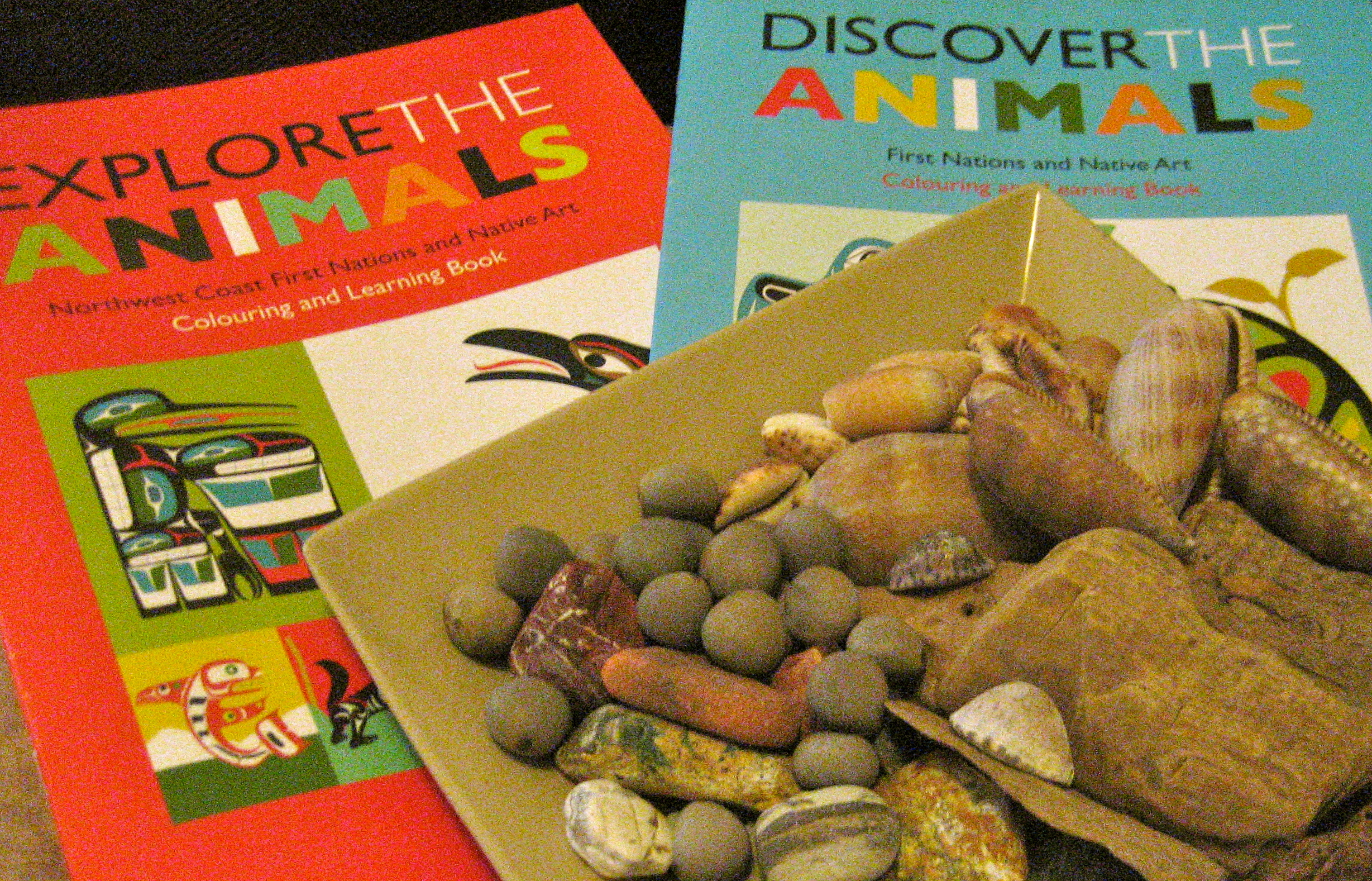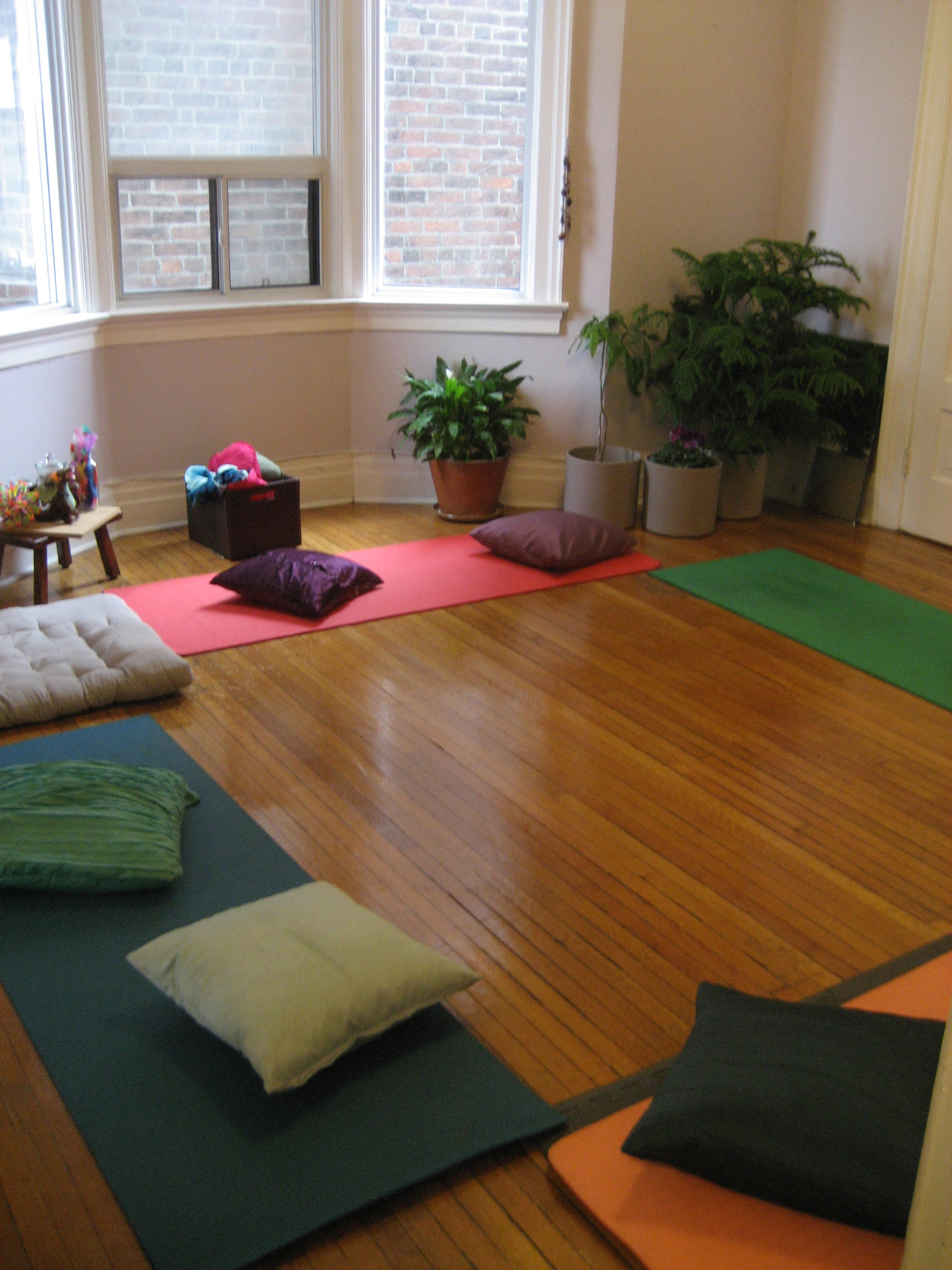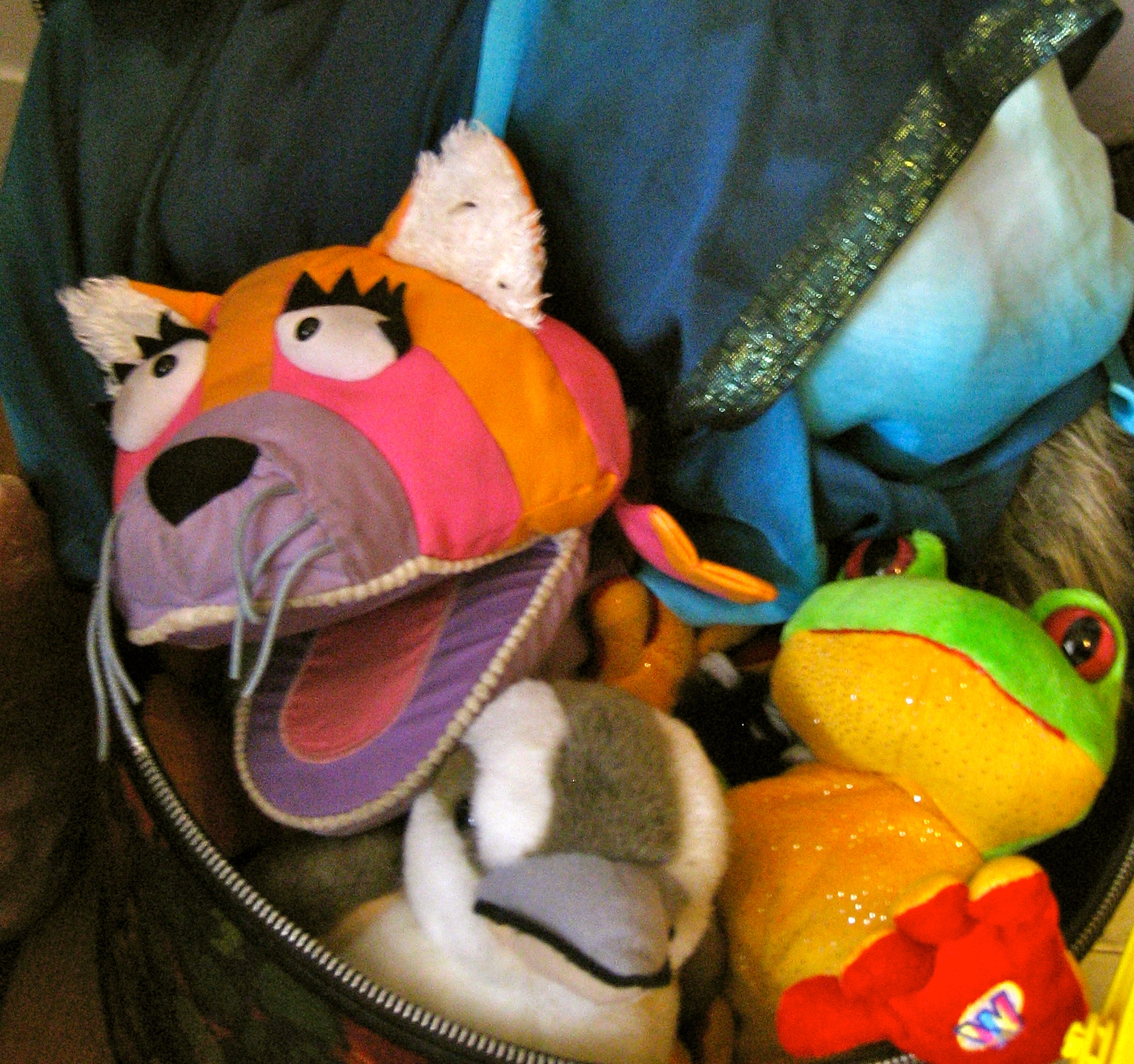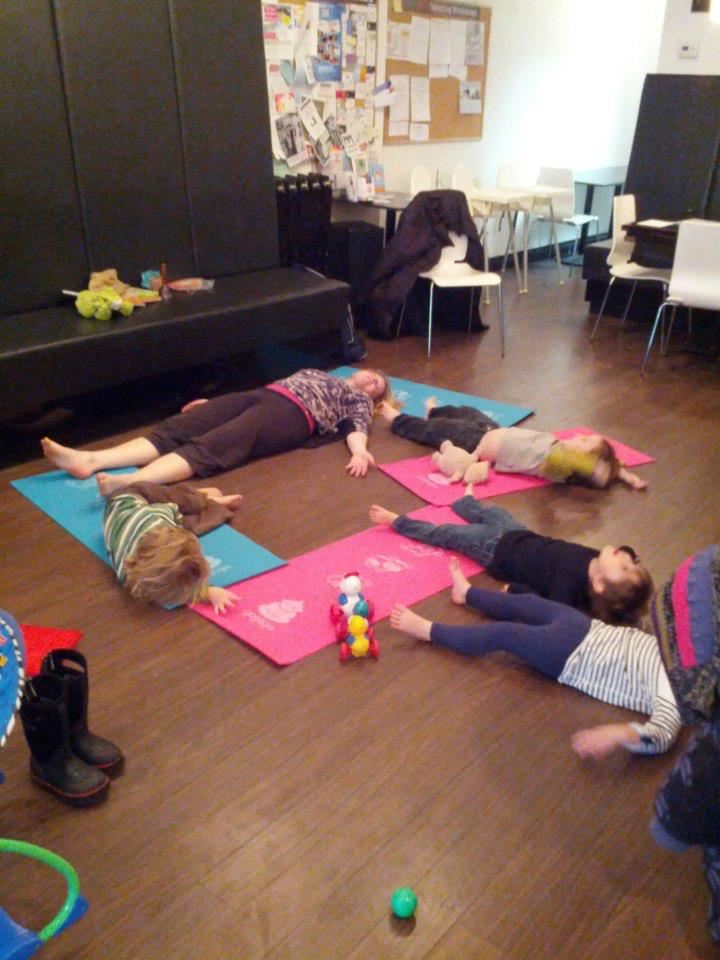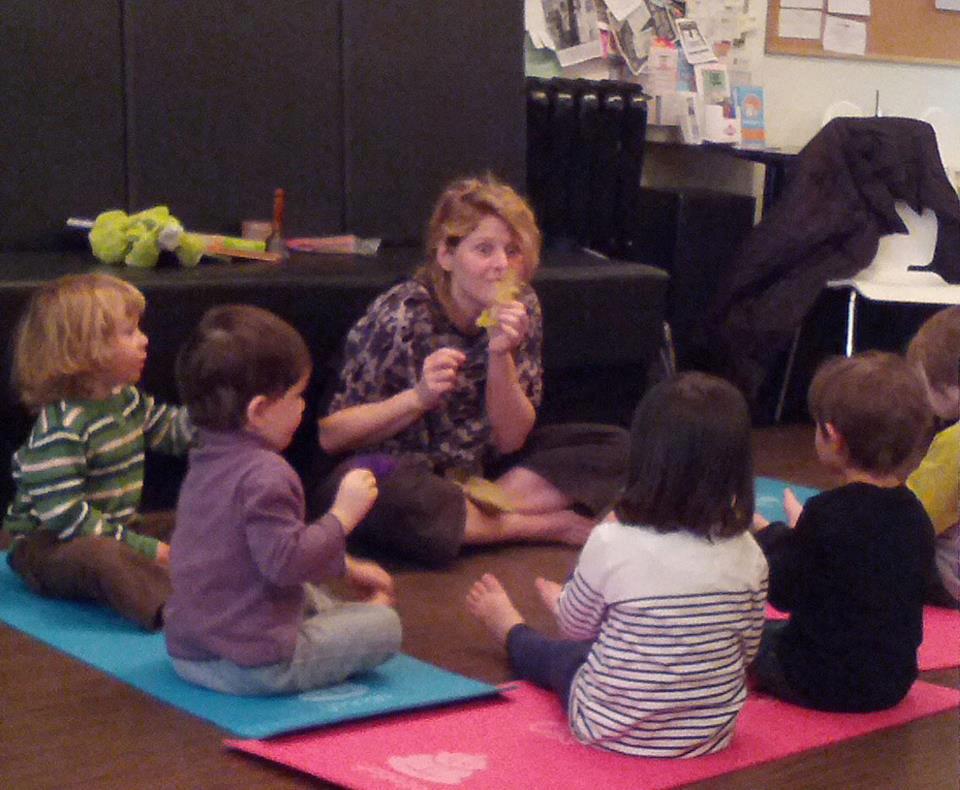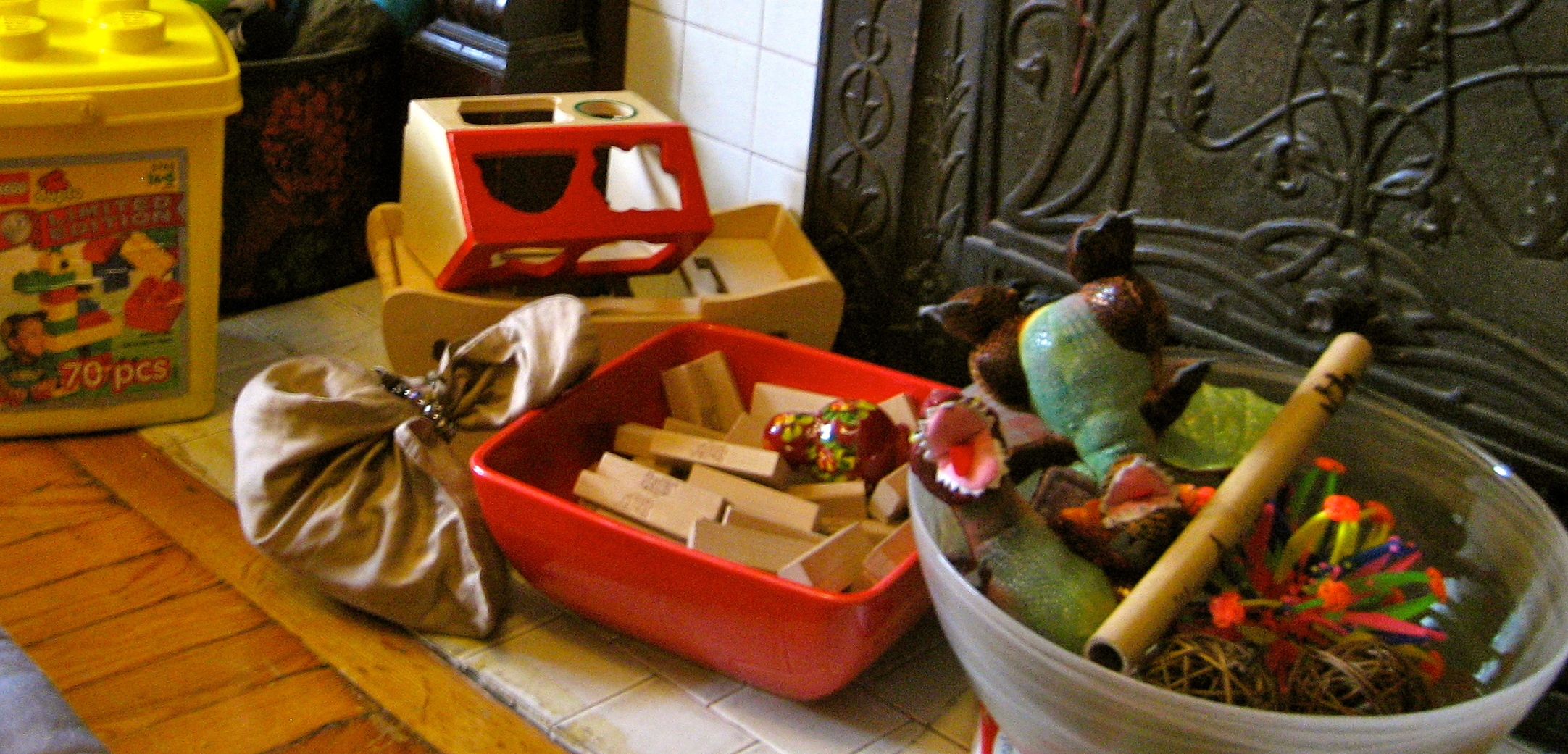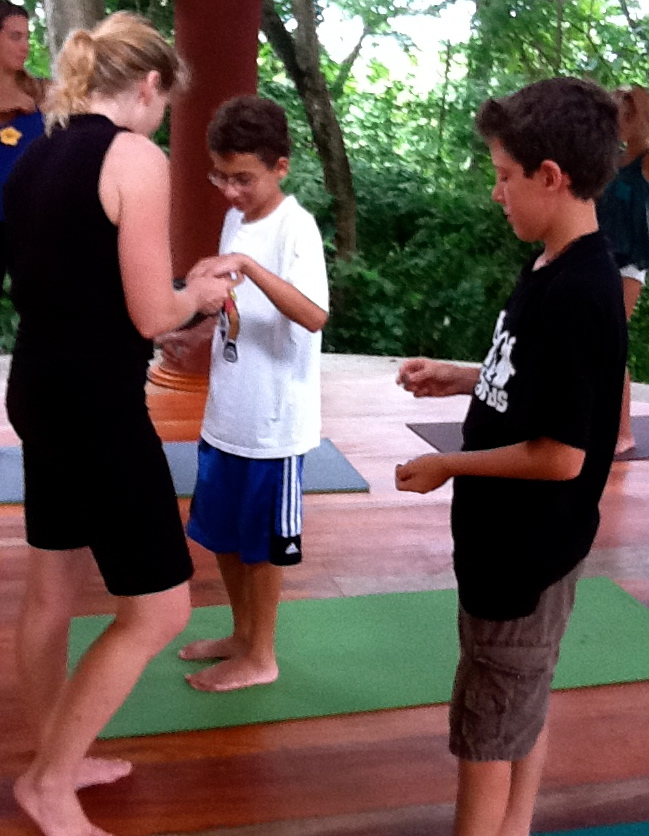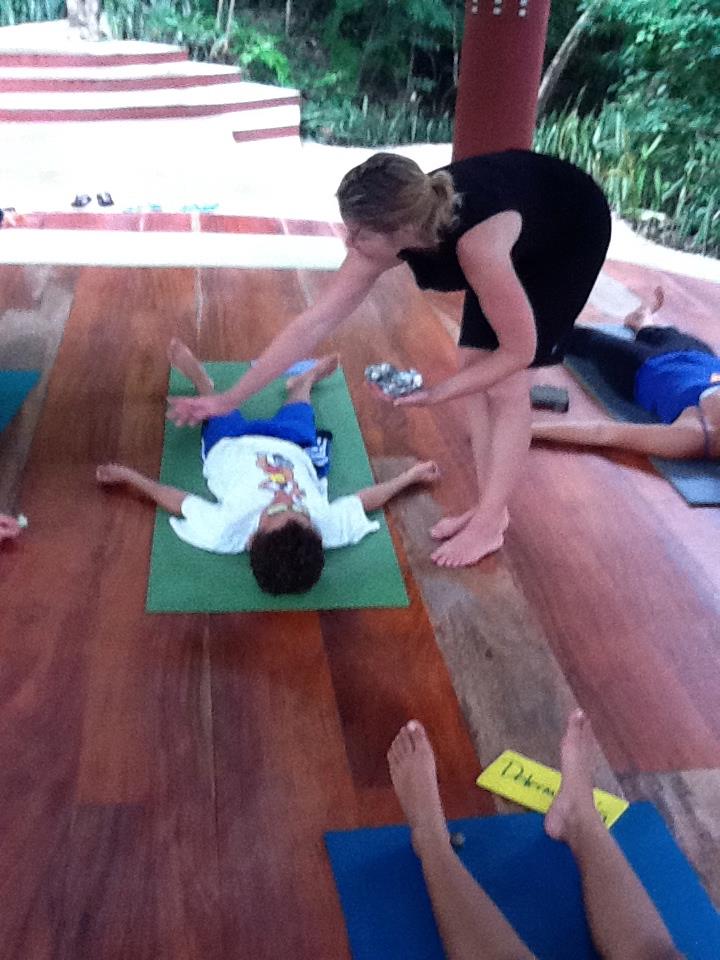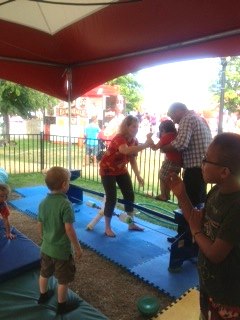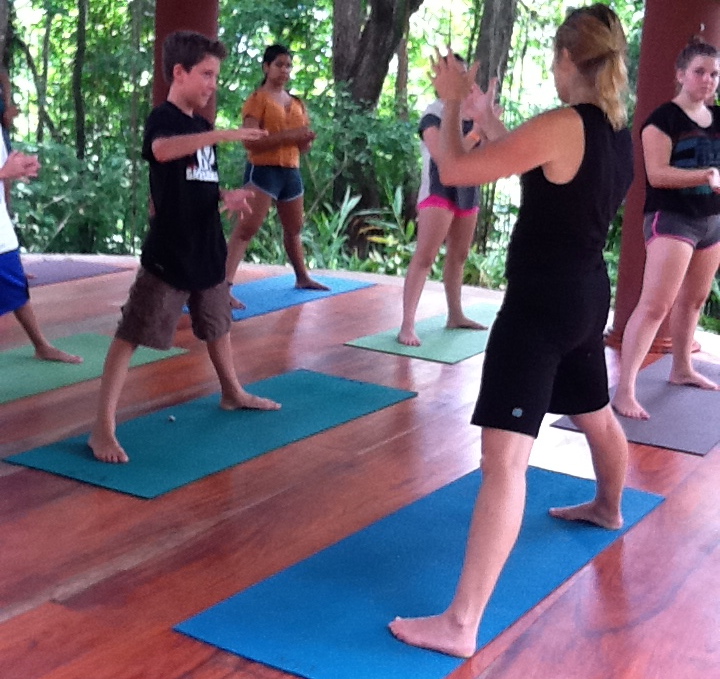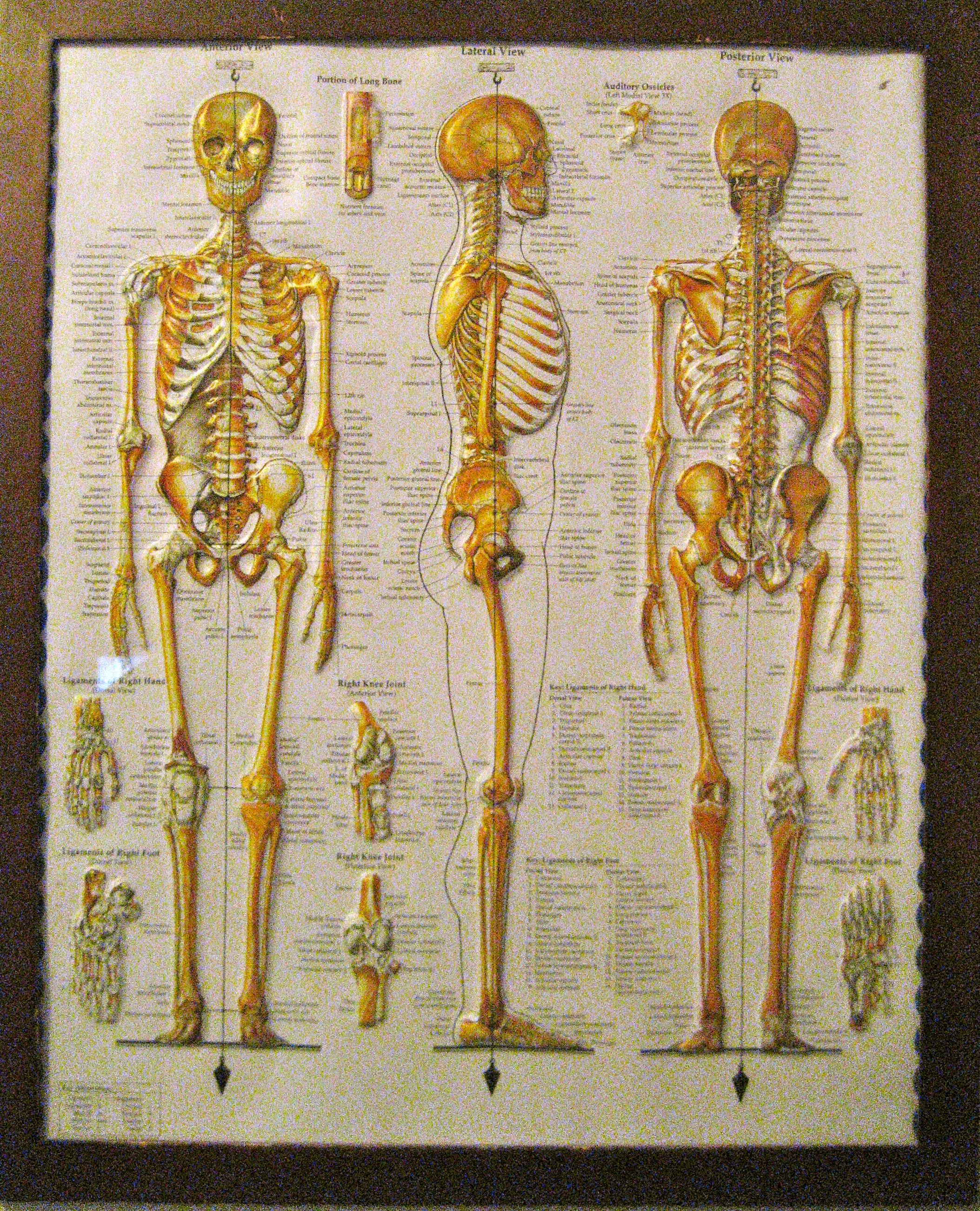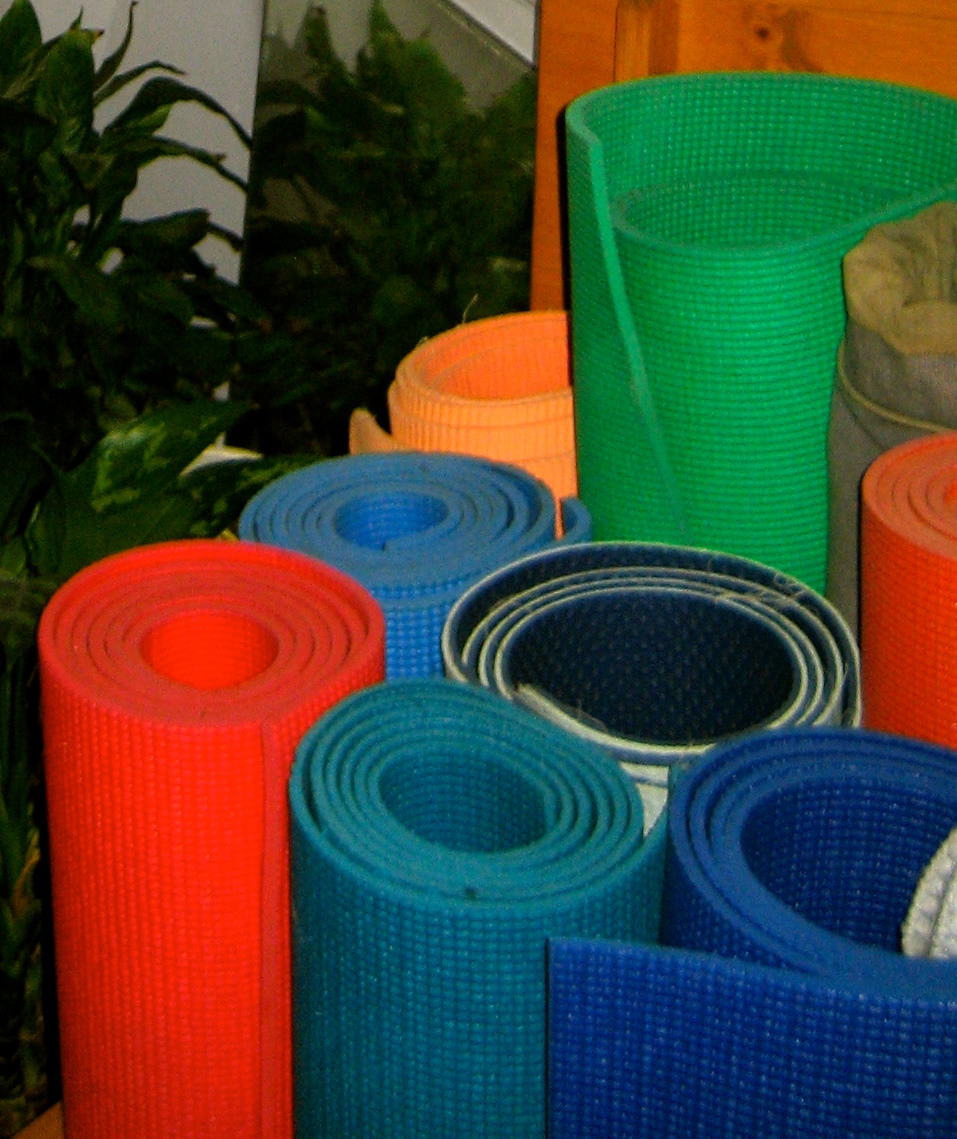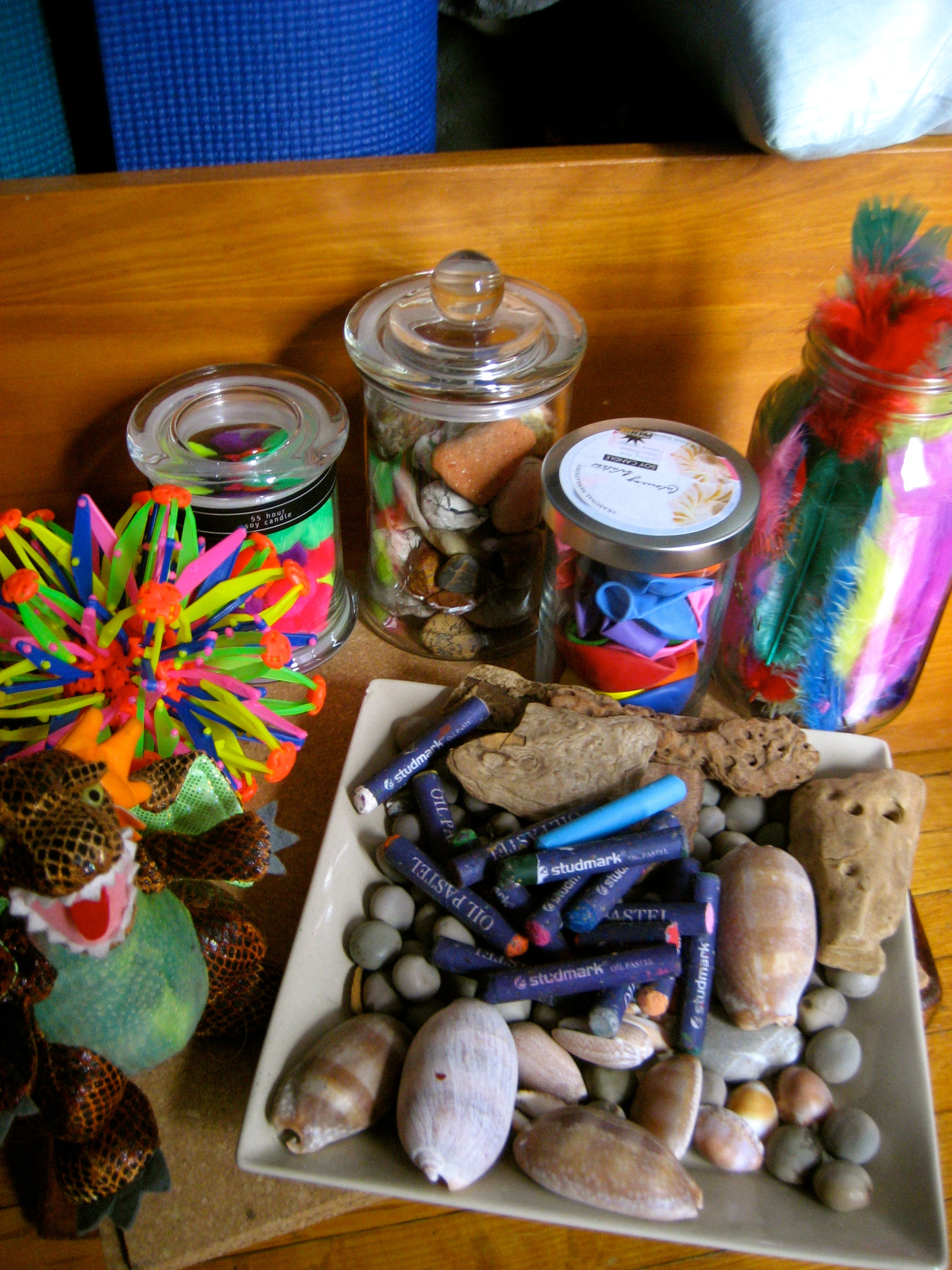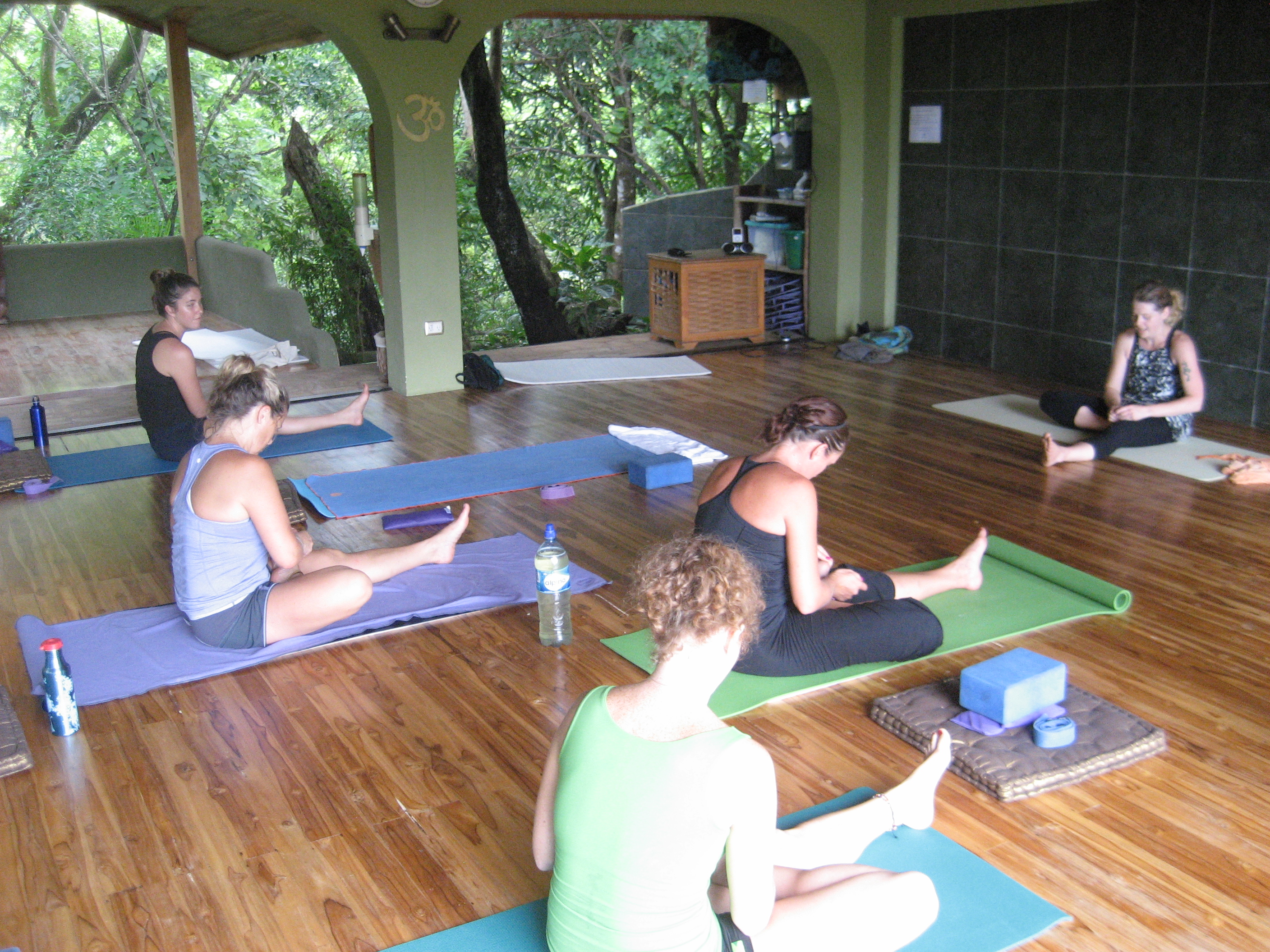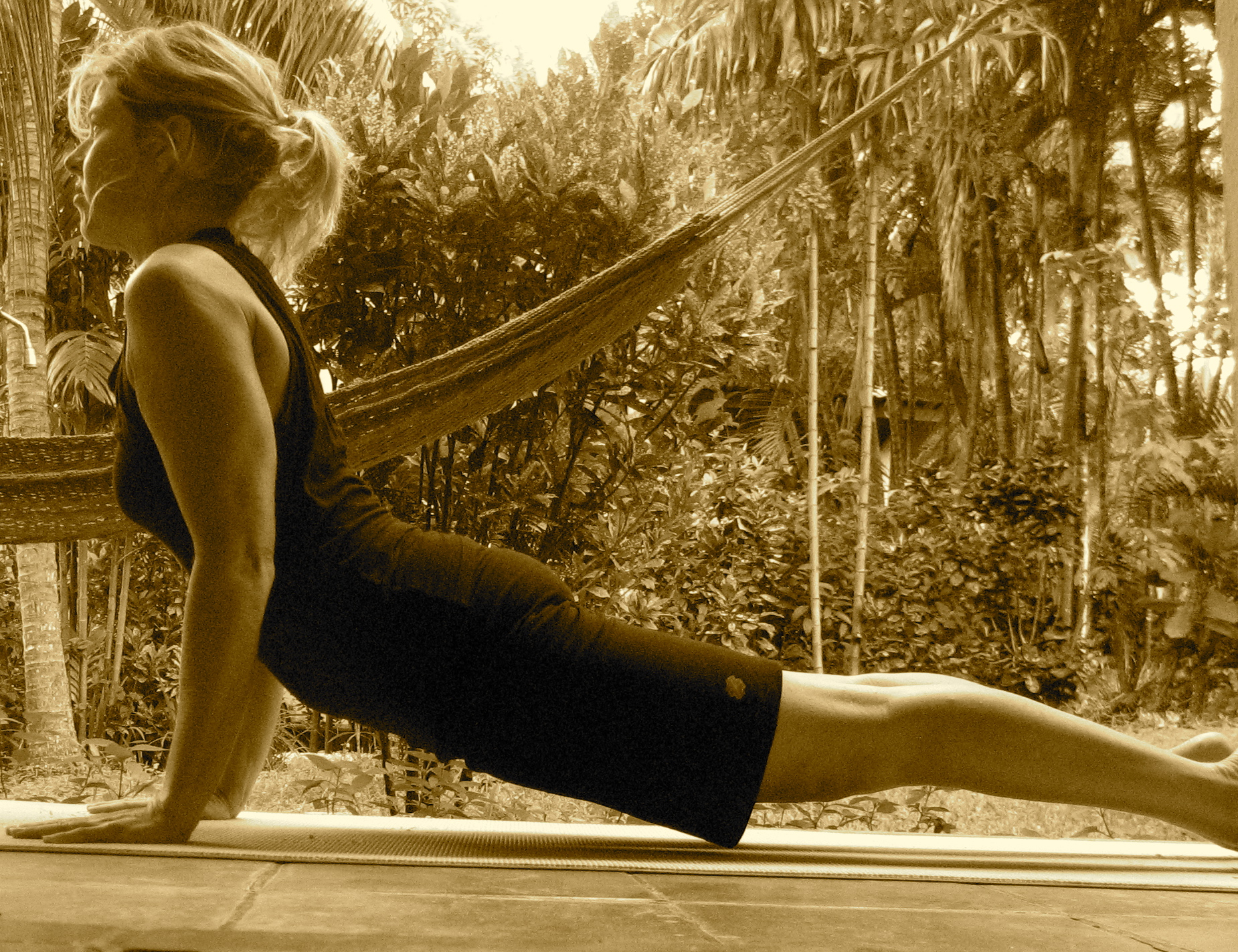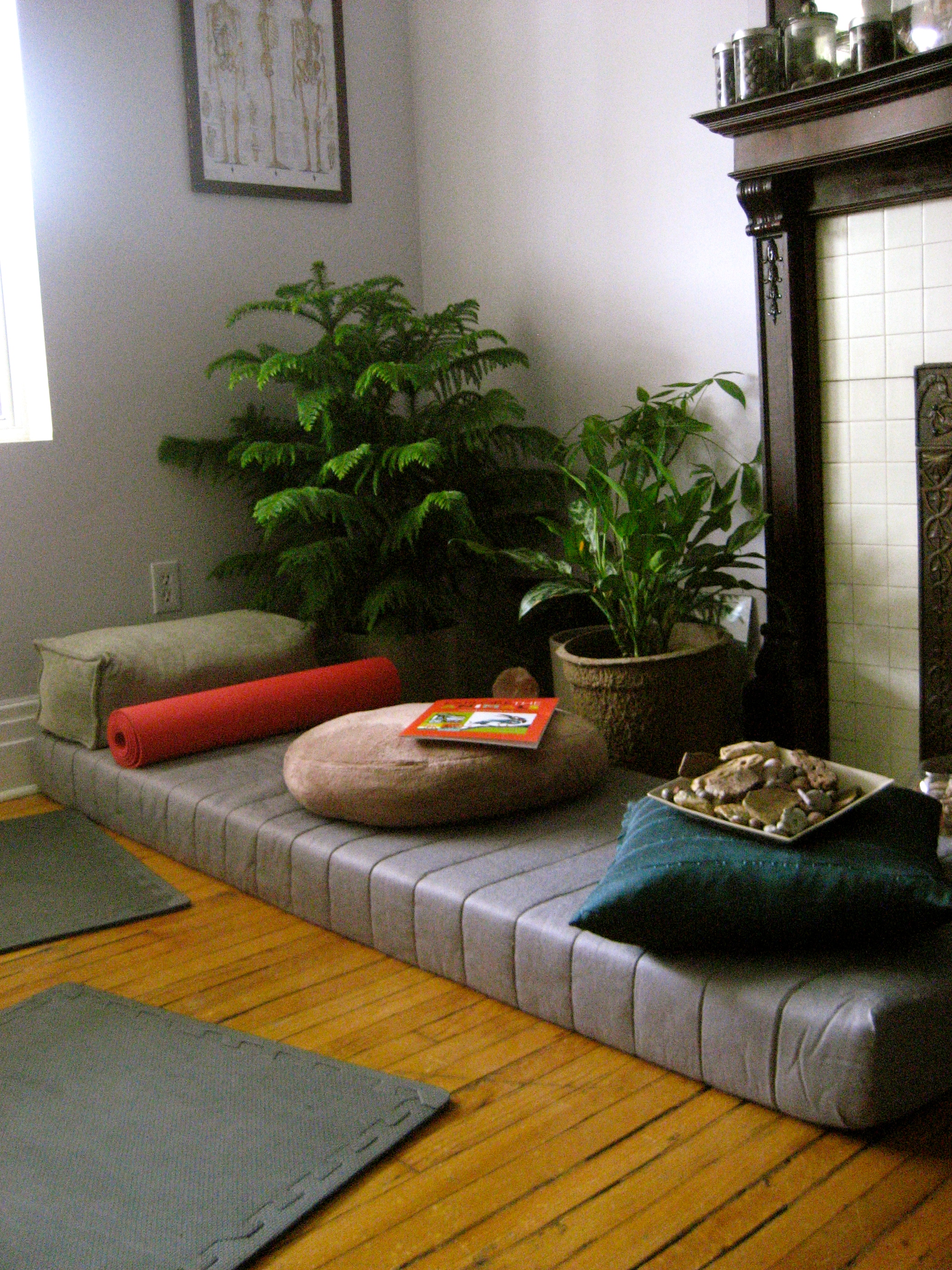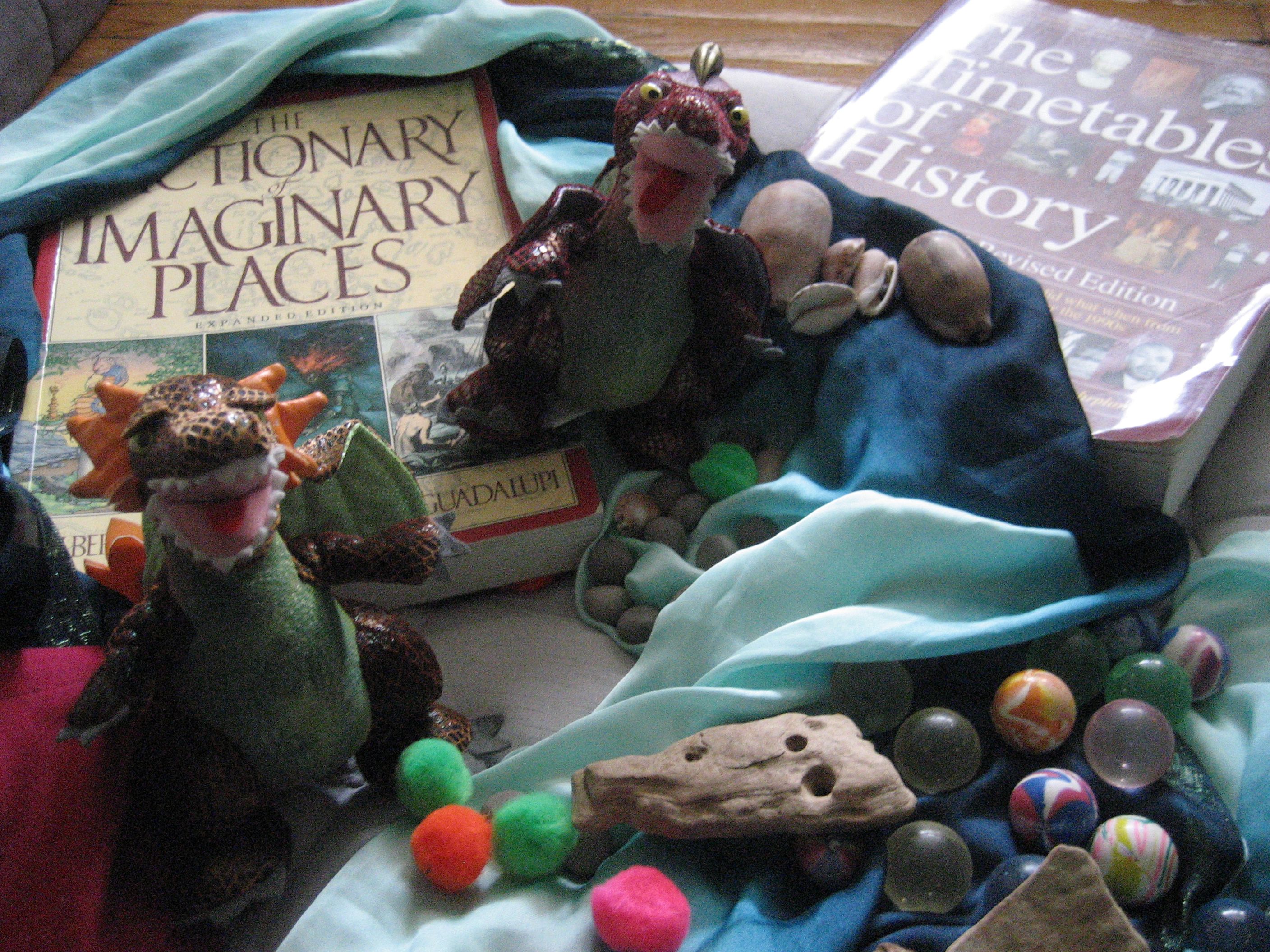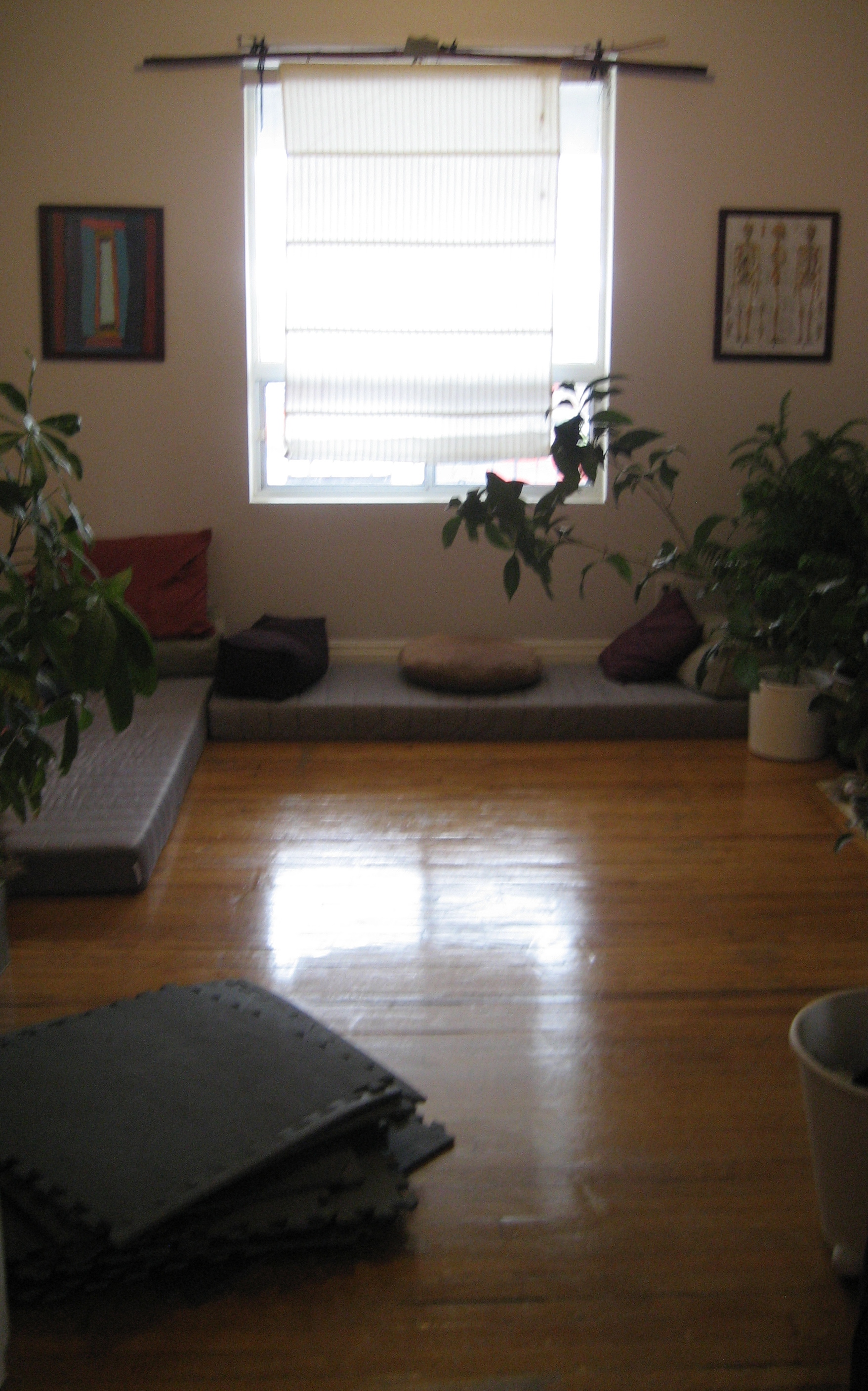FOCUS!
CAN YOGA HELP YOUR CHILD LEARN SELF-REGULATION?
By Kathryn Ryan
“Life’s greatest adventure is getting to know yourself.” Iyengar
We reach the end of another yoga class of singing, storytelling, muscle-warming physical asanas (postures), and heart-pumping game-play. The baker’s dozen of preschoolers rest in savasana – or sponge pose – the soaring tunes of an operatic aria fill the airwaves, bellies rise and fall with the sound of calm, wave-like breath patterns. An occasional giggle entices echoes of nervousness, but invariably even these children fall silent and calm, no audience to reward or reproach; once again they come back to the present moment, tuning into the stillness of their and others bodies.
DING. DING. DING.
I invite the bell – a method appropriated from Vietnamese Zen Master, Thich Nhat Hanh, – the children slowly rise, moving their bodies into easy pose – they need no prompting now – after 6 weeks of training they press palms together and rest their hands gently at their heart-centres. Sealing our practice with a mantra has become a staple for these kids; they remind me if I have forgotten, and need no prompting for the call-and-response:
“Breathing In, I feel Calm. Breathing Out, I Smile.”
YEAH, BUT WILL MY KID FOCUS?
The most common question I am asked by a parent new to yoga is, “Will this help my kid focus?” Short answer. Yep. Not good enough for you? Okay, let’s examine that word, focus. A quick thesaurus search reveals such synonyms as: concentrate, distillate, think, to converge, or unite, even. Whoa, let’s stop right there! Converge? Unite? Yoke? Well isn’t that interesting – yoga, after all, is the Sanskrit term for yoke. So, (liberally paraphrasing) the original query: will yoga create a child who possesses the ability to master the cognitive, physical and socio-emotional elements that come together to create an engaged child capable of self-regulation, concentration, distillation, mindful thought, convergence, unity, and… yoking? Absolutely. Will it happen today? Nope. In a few sessions? Maaayyyybe. Over an extended period of time? Without a doubt.
LET’S BREAK IT DOWN…
THE SCIENCE OF LEARNING
Here’s the neurology of learning: long-term potentiation is the underlying cellular mechanism that makes learning and memory possible. The actions involving new learning stimulate neurons in the brain that function as strengtheners for the neural pathways.
- When you stimulate neurons, you improve the ability for two neurons to communicate with each other; the more they communicate, the stronger the synapse; the stronger the synapse, the easier it is to learn and remember. This is ‘Long-Term Potentiation’.
The key? Constant generation of new ideas, with learning that involves repetition, repetition, repetition.
THE ART OF PLAY
Here are the elements at play that are critical to successful child development:
- Face-to-face involvement
- manipulation of the physical environment
- going inwards to create open-ended problem-solving play
And here’s the beauty of creative play – it’s the foundation of:
- learning,
- critical thinking
- problem solving
- empathy or the experience of being something else
In a nutshell, it’s the way children make life meaningful. And that is the crucial and beautiful phenomena of yoga for children – it is so deceptively simple – planting the seeds of self-directed mindfulness from the ground up as well as stimulating and strengthening neurons to communicate in the parts of the brain responsible for focus, self-regulation, self-awareness, and motivation.
When children learn yoga, mastering techniques as varied as breath awareness, discovering their feet as hands, learning about alignment of bones in ever-increasing complexity, or pressing their ‘imagination button’ on top of their head – all in a spirit of non-judgmental self and other-awareness – they generate new ideas through imagery and storytelling, repetition, meaningful interaction with others and physical environment, and going inward for periods of structured calm and reflection. Now, isn’t that interesting!
Show me a kid meeting that definition of constant reinforcement and strengthening of neural activity and, yes, you’ll see a child capable of intense, mindful focus. And isn’t that something worth focusing on!
Breathing in, I feel very Hopeful for our children’s synapses! Breathing out, I Smile.

